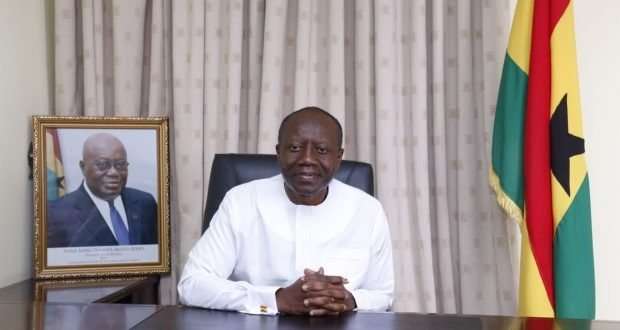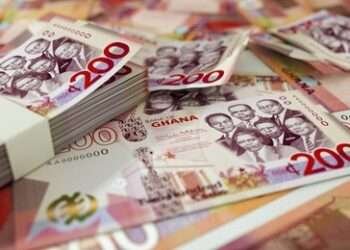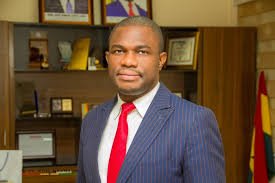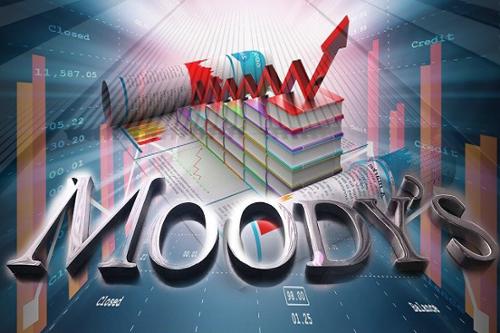Government spending on capital expenditure, which has been low over the years, has seen some improvements in the first six months of the year. According to data presented in the Mid-Year Budget Review, government’s capital expenditure amounted to GHȼ 6.87 billion in the first half (H1) of the year against a programmed target of GHȼ 5.36 billion.
This means that government’s spending on this very important component of the country’s expenditure mix was 28.2% higher than projected in the 2021 budget statement and economic policy presented to parliament in March this year.
Should the government not relent on its current pace of executing capital projects in the country, which are vital for national development due to their long term benefits, the overall capital expenditure target of GHȼ11.2 billion for the 2021 fiscal year could be met.
The gradual improvement in the country’s Capital expenditure was also observed last year, even though it accounted for a small percentage of total expenditure as has always been the case. Data from the Bank of Ghana shows that capital expenditure has improved from 1.7 percent of the country’s Gross Domestic Product (GDP) in November 2019 to 2.7 percent of GDP in November 2020. To put things into perspective, capital expenditure, on average, has accounted for 1.7 percent of GDP in 2020.
More spending on discretionary expenditures
The country has not committed enough resources to capital expenditure projects which tend to bring long-term benefits to the country. Instead, Ghana has over the years spend a chunk of its resources on discretionary expenditure, with wages and salaries taking the biggest share.
Two major challenges facing the government in its allocation of funds to capital expenditure projects are the availability of funds and the gestation periods of such projects. This further shows the deficiencies in the country’s revenue mobilization drive over the years.

Nevertheless, controlling expenditure was the focus of fiscal management in 2020. However, the mid-year budget review suggests that revenue mobilization may be the source of major concern in 2021. Overall, the expenditure component of the consolidation agenda appears to be on course to achieve the target whereas the revenue mobilization end is trailing the target by a margin of 12.7%.
Low revenue mobilization
More specifically, Total Revenue and Grants for H1 2021 amounted to GHȼ 28.3billion, equivalent to 6.5% of GDP, against an estimated target of GHȼ 32.4billion or 7.5% of GDP. Projected revenue for the 2021 fiscal year is GHS 72.45 billion, yet revenue at the end of H1 amounted to GHȼ 28.3 billion.
This represents only 39% of the target revenue for the year with two quarters remaining to ramp up tax collection efforts. Low aggregate demand amid resurging uncertainty due to the emergence of new COVID-19 variants may hinder the government’s ability to mobilize tax revenue. For the same reason, government’s ability to secure grants from various development partners was severely impacted in H1 due to strain on donors’ national economies.

This means that the third COVID-19 wave currently sweeping across the globe has further heightened uncertainty making the business climate unpredictable. This could further make things very difficult for the government to execute its remaining capital expenditure projects worth GHȼ4.33 billion for the 2021 fiscal year.
Despite the limited resources, more funds should be channeled into capital expenditure projects that holds future benefits to the state. This will likely spark the growth and transformation that the country seeks that will also minimize the impact of future shocks on the Ghanaian economy.
READ ALSO: Gov’t spends GH¢4.5 billion less, misses revenue target by 12.5% in H1 2021





















